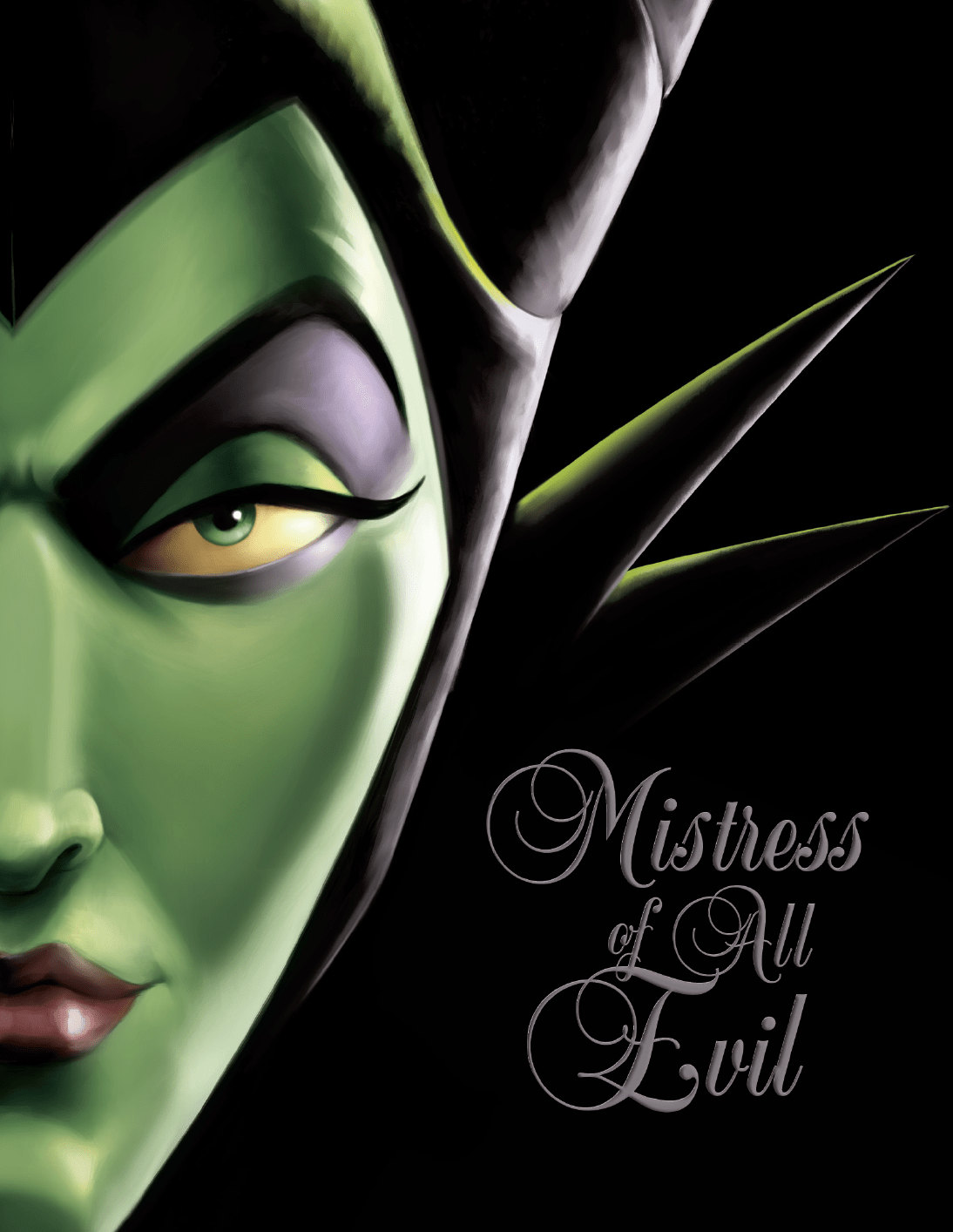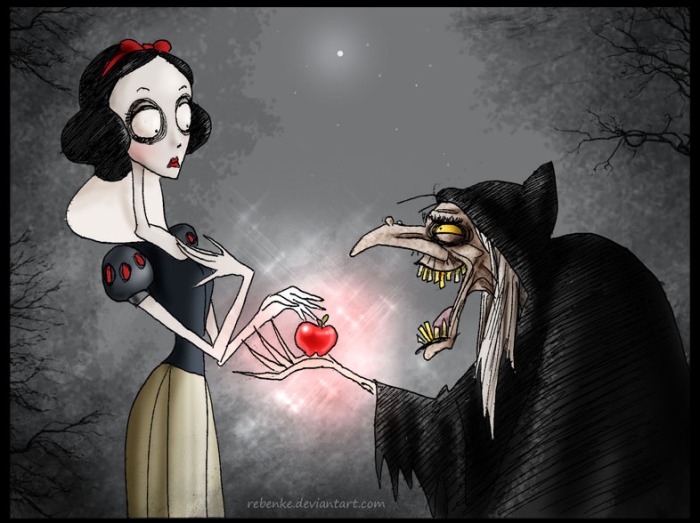Murder, Murder On The Wall
A review of Murder She Wrote Season 5, episode 21: Mirror, Mirror On the Wall
By Derek Newman-Stille

I have often thought that creating a murder mystery story around Snow White would be an exciting and engaging idea. However, fairy tales are engaged in constant revisioning and reimagining and I found out that my vision had already been realized, though with more realism and less fairy tale content… and it had been realized in the strangest of places – on Murder She Wrote. For those of you unfamiliar with Murder She Wrote, it ran from 1984 until 1996 and featured widowed mystery writer Jessica Fletcher who travelled from place to place solving murders. The show engaged in a lot of meta activities, engaging in cross-overs with other shows, proposing solutions for murder mysteries filmed in the 40s, and, as I discovered, even playing with fairy tale narratives.
The two-part episode Mirror, Mirror On The Wall is a fairy tale adaptation, but brought into the world of Jessica Fletcher and the fictional Maine town of Cabot Cove. Like the fairy tale Snow White, the story features attempted murder, and, of course, a poisoned apple. It is also a story that features jealousy. However, rather than engaging in the ageism of Snow White, Mirror, Mirror on the Wall features two women of roughly the same age. It does still engage in jealousy, but is instead about one writer, Eudora McVeigh, who used to be a best-selling mystery author who is now experiencing writer’s block and her jealousy of Jessica Fletcher’s rising success in the genre. By featuring two ageing women, Mirror, Mirror On The Wall intentionally disrupts the idea of older women being threatened by and afraid of younger women, instead placing the interest of the episode on the competitive world of creative writing and one woman’s fear of another’s success.
Although Murder She Wrote has anti-feminist elements, often directly criticizing feminists, it, perhaps unintentionally, brings attention to the problem of women who don’t engage in ideas of sisterhood and instead seek to oppress each other. Rather than directing her anger at a system that only favours one female mystery writer at a time, Eudora begins the episode by wanting revenge on Jessica, seeing her success as inherently threatening to her own instead of seeking revenge on her publisher who is setting her aside in favour of Jessica. She ignores the men who are oppressing her and instead turns her anger toward another female writer, not seeing the potential for a united front by both of them sharing resources and challenge the patriarchal system and male publisher who is seeking to pit them against each other.
Fascinatingly, Eudora keeps referring to Cabot Cove as a little fairy tale town, pointing out the town’s perceived simplicity and wholesomeness… however, as we who read fairy tales know, there is a dark side to fairy tales, and not only does this fairy tale end in violence and murder (like so many), in this episode, the Sheriff (who moved from New York for a nice, simple life), points out one of the key issues of the show – for a small, quiet little town… there are the highest number of murders per capita. The show features about 24 episodes per year, many of them set in Cabot Cove, and lasted for 12 seasons… and there is at least one murder per episode in addition to multiple attempted murders. Cabot Cove’s quaint, dreamy, fairy tale setting is constantly being undone by murder in order to keep the show progressing.
Ultimately, like most Murder She Wrote episodes, the fairy tale storyline is secondary to the main focus on the show – murder. Ultimately, it is a story that engages with human psychology, clues, criminal slip ups, and the all-important confession.











